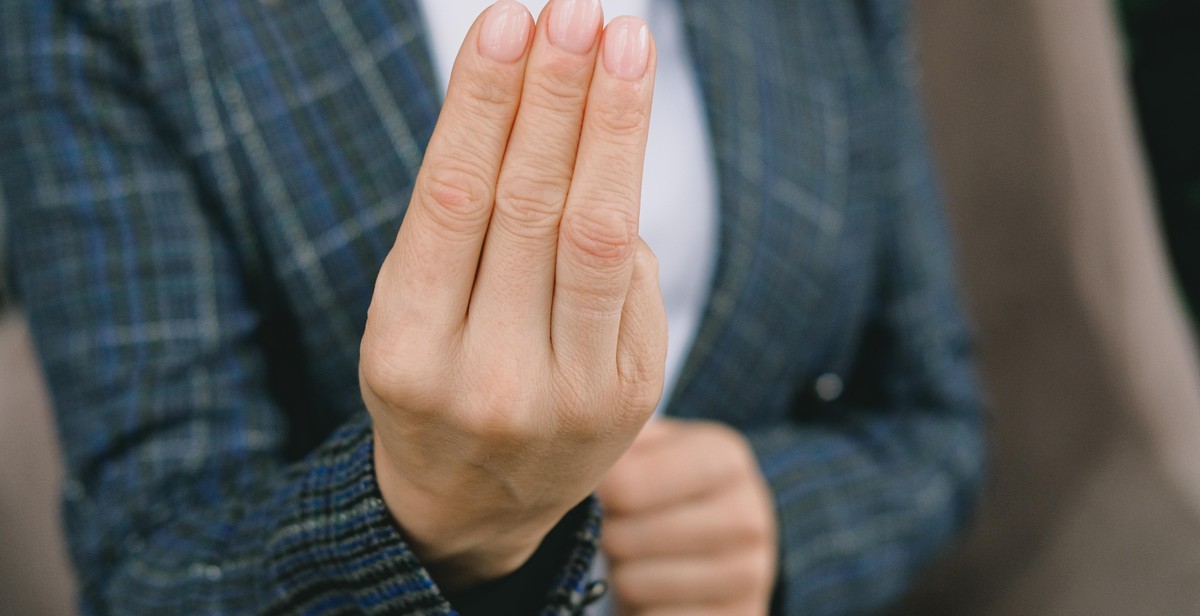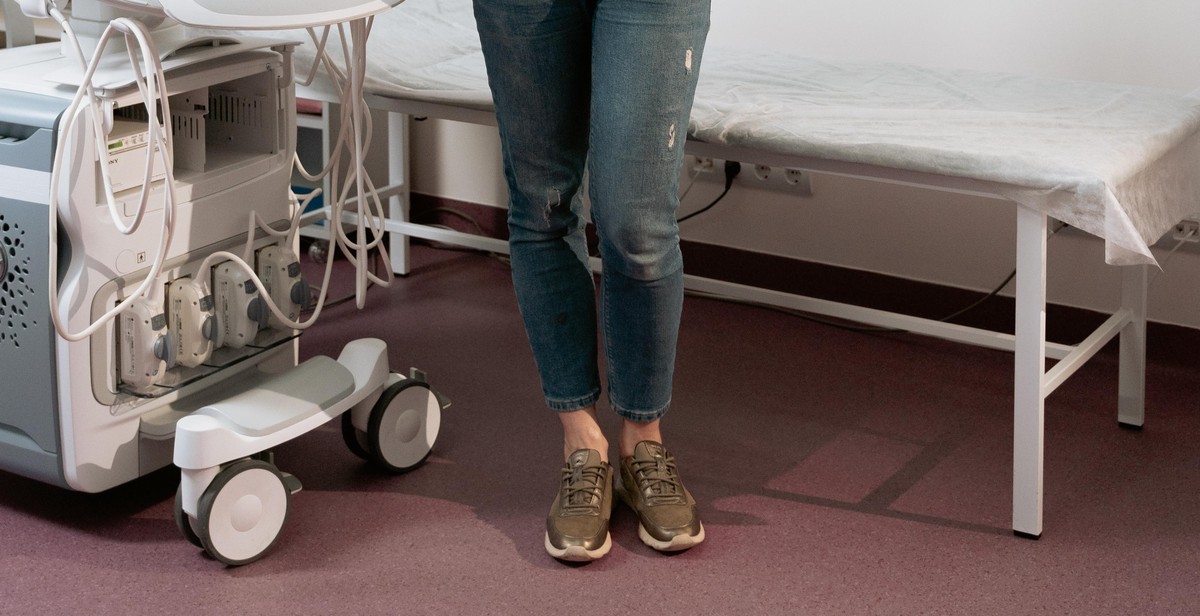Decoding Body Language: Reading Signs of Interest
Body language is the non-verbal communication that we use to express ourselves. It includes gestures, facial expressions, posture, and eye movements. We communicate through body language without even realizing it. It is said that only 7% of communication is verbal, while the remaining 93% is non-verbal. Therefore, understanding body language is essential in interpreting what someone is saying or feeling.
What is Body Language?
Body language can convey a range of emotions, including happiness, sadness, anger, fear, and interest. It is a powerful tool that can help you understand other people’s thoughts and feelings. By observing someone’s body language, you can tell if they are interested in you or what you are saying.
Body language is not only used to communicate with others but also to communicate with ourselves. Our body language can affect our mood, confidence, and even our success. For example, standing tall with your shoulders back and head held high can make you feel more confident and powerful.
In this article, we will focus on reading signs of interest in body language. We will explore the different ways in which people express their interest in someone and how to interpret those signals. Understanding these signals can help you improve your relationships, both personal and professional.

The Basics of Body Language
Body language is a crucial aspect of communication that often goes unnoticed. It is the nonverbal cues that we give off through our movements, gestures, facial expressions, and posture. Understanding body language helps us to decode the underlying emotions and intentions of others, and it also allows us to communicate our own emotions and intentions more effectively. Here are some basics of body language:
Facial Expressions
Facial expressions play a significant role in conveying emotions. A smile, for instance, shows happiness or friendliness, while a frown indicates sadness, anger, or disapproval. Other facial expressions include raised eyebrows, squinted eyes, and pursed lips. These expressions can signal surprise, confusion, suspicion, or displeasure. A person’s facial expression can provide valuable clues about their emotional state and can help us to assess the situation at hand.
Gestures and Posture
Gestures and posture can also reveal a lot about a person’s emotions and intentions. For example, crossing one’s arms is often seen as a defensive gesture and can indicate discomfort or disagreement. Leaning forward, on the other hand, is a sign of interest or engagement. Posture can also convey confidence or insecurity. Standing up straight with shoulders back indicates confidence, while slouching and looking down signals insecurity.
Gestures can also be used to emphasize a point or to convey enthusiasm. A person who is excited about something may gesture with their hands or nod their head vigorously. In contrast, a person who is disinterested or bored may have a more relaxed posture and minimal gestures.
Eye Contact
Eye contact is another crucial aspect of body language. It can signal interest, sincerity, or confidence. Maintaining eye contact during a conversation shows that you are engaged and interested in what the other person is saying. However, too much eye contact can be seen as aggressive or intimidating. On the other hand, avoiding eye contact can indicate discomfort, shyness, or dishonesty.
It is essential to note that body language can vary across cultures and individuals. For example, some cultures may view direct eye contact as a sign of disrespect, while others may view it as a sign of sincerity. It is also important to consider the context in which body language is being used. A person’s body language may differ depending on the situation or the people involved.
- Facial expressions reveal emotions
- Gestures and posture convey emotions and intentions
- Eye contact shows interest and confidence

Signs of Interest
When it comes to decoding body language, there are certain physical and verbal cues that can indicate whether someone is interested in you or not. These signs of interest can be subtle, but they are important to pay attention to if you want to know if someone is attracted to you.
Physical Cues
Physical cues are the most obvious signs of interest. These are the things you can see from a person’s body language that show they are attracted to you. Some of the most common physical cues to watch out for include:
- Eye contact: If someone is interested in you, they will make eye contact with you and hold it for longer than usual.
- Smiling: A genuine smile can indicate that someone is interested in you and enjoying your company.
- Leaning in: If someone is interested in what you have to say, they will lean in towards you to show they are engaged.
- Touching: If someone is attracted to you, they may touch your arm or shoulder while talking to you.
- Open body language: Someone who is interested in you will have open body language, facing towards you and not crossing their arms or legs.
Verbal Cues
Verbal cues can also indicate whether someone is interested in you or not. These are the things that someone says that show they are attracted to you. Some of the most common verbal cues to watch out for include:
- Compliments: If someone is interested in you, they may compliment you on your appearance or personality.
- Questions: Someone who is interested in you will ask you questions about yourself to get to know you better.
- Jokes: If someone is attracted to you, they may use humor to try and make you laugh and show that they have a good sense of humor.
- Agreement: Someone who is interested in you will agree with you more often and try to find common ground.
- Initiating conversation: If someone is interested in you, they will initiate conversation and try to keep it going.
Overall, decoding body language and reading signs of interest can be tricky, but paying attention to physical and verbal cues can help you determine whether someone is attracted to you or not.

Reading Body Language in Different Situations
Body language is an essential aspect of communication. It can express a range of emotions and signals that can convey messages without words. Understanding body language can help you navigate different situations, whether it’s professional, social, or romantic.
In a Professional Setting
In a professional setting, body language can convey confidence, authority, and respect. A firm handshake, direct eye contact, and good posture can indicate confidence and assertiveness. Mirroring the body language of the person you are speaking to can also help establish rapport and build trust.
On the other hand, fidgeting, avoiding eye contact, and slouching can indicate nervousness or lack of confidence. Crossing your arms can also signal defensiveness or a closed-off attitude.
When giving presentations or public speaking, maintaining eye contact with your audience can convey confidence and help establish a connection. Gesturing with your hands can also help emphasize key points and engage your audience.
In a Social Setting
Body language in a social setting can vary depending on the situation and the people involved. In general, open body language, such as facing the person you are speaking to, smiling, and maintaining eye contact, can indicate interest and engagement.
Leaning in towards someone can also signal interest and intimacy, while leaning away can indicate discomfort or disinterest. Mirroring the body language of the person you are speaking to can also help establish rapport and build a connection.
Fidgeting, avoiding eye contact, and crossing your arms can signal nervousness or defensiveness. Checking your phone or looking around the room can also indicate disinterest or boredom.
In a Romantic Setting
Body language in a romantic setting can be particularly important, as it can convey attraction, interest, and intimacy. In general, maintaining eye contact, smiling, and leaning in towards your partner can indicate interest and attraction.
Touching, such as holding hands or placing a hand on the arm or shoulder, can also signal intimacy and connection. Mirroring your partner’s body language can also help establish a connection and build trust.
On the other hand, avoiding eye contact, crossing your arms, or leaning away from your partner can indicate discomfort or disinterest. Fidgeting or checking your phone can also signal disinterest or distraction.
| Do’s | Don’ts |
|---|---|
| Make eye contact | Avoid eye contact |
| Smile | Frown or scowl |
| Maintain good posture | Slouch or hunch over |
| Lean in towards the person you are speaking to | Lean away or turn your body away |
| Mirror the body language of the person you are speaking to | Display closed or defensive body language |
Understanding body language can help you navigate different situations and communicate more effectively. By paying attention to both your own body language and the body language of others, you can establish rapport, build trust, and create stronger connections.

Conclusion
Decoding body language can be a valuable tool in understanding the signs of interest from others. By paying attention to nonverbal cues such as facial expressions, gestures, and posture, you can gain insight into a person’s thoughts and feelings.
It’s important to remember that body language is not an exact science and can vary depending on cultural and individual differences. However, by observing patterns and context, you can develop a better understanding of what someone is trying to communicate.
Tips for Reading Body Language
- Pay attention to facial expressions such as eye contact, smiles, and frowns
- Observe gestures such as hand movements and body positioning
- Take note of changes in posture or body language during conversation
- Consider the context of the situation and how it may influence body language
By using these tips and practicing your observation skills, you can become more skilled at reading body language and understanding the signs of interest from others.
Remember to be Respectful
While it’s important to read body language, it’s also important to remember to be respectful and mindful of others’ personal space and boundaries. Always ask for consent before initiating physical contact and avoid making assumptions based solely on nonverbal cues.
| Keyword | Count |
|---|---|
| Body language | 4 |
| Reading | 2 |
| Signs of interest | 2 |
| Nonverbal cues | 2 |
| Observation skills | 1 |
